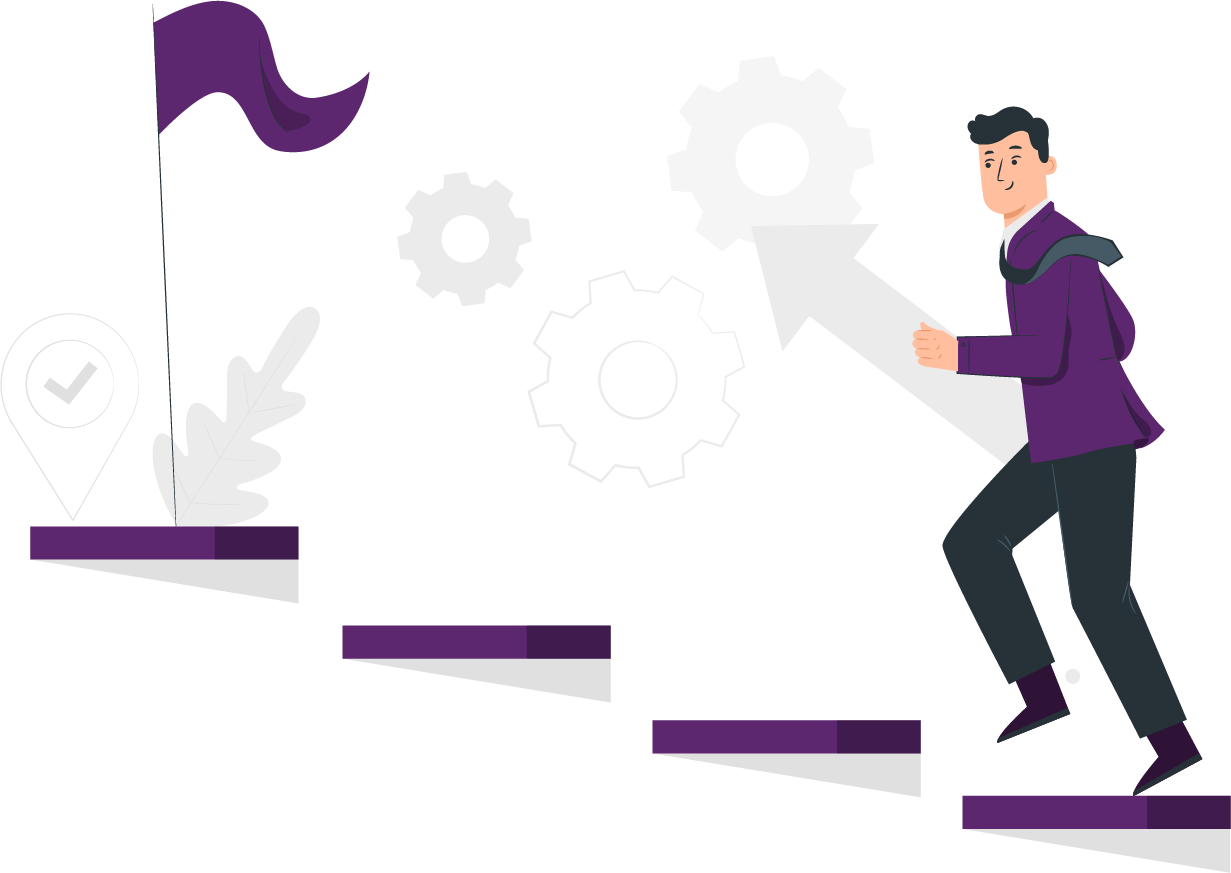Table of Contents
Data science has been the driving force behind some of the most significant technological breakthroughs in recent years, from self-driving cars to personalized medical treatments. It’s no longer about using SQL queries and Excel spreadsheets to analyze your company’s data. Data scientists are now increasingly used for decision-making and tasked with creating new technologies with AI/ML algorithms as well as developing applications for them.
The Future of Data Science: Where We've Been, Where We Are, and Where We're Going?
Data science has come a long way, from basic statistical analysis to advanced machine learning algorithms. Today, we are witnessing an era where data science is deeply integrated into various aspects. For example, data-driven decision-making has led to significant breakthroughs in genomics, medical imaging, and patient care.
Looking ahead, data science will continue to evolve and shape the future. The following trends and predictions highlight the exciting possibilities:
Top 7 Data Science Trends and Predictions
AutoML: Streamlining Model Development
Automated Machine Learning (AutoML) is poised to revolutionize the data science workflow. AutoML platforms use advanced algorithms to automate various steps, including data preprocessing, feature selection, and model training. In the healthcare industry, this technology can expedite the development of predictive models for disease diagnosis, treatment recommendation, and patient outcome prediction.
Example: AutoML platforms can analyze electronic health records (EHRs) to develop models that predict patient readmissions, helping healthcare providers allocate resources effectively and improve patient care.
Tiny ML: Edge Computing
Tiny Machine Learning (Tiny ML) refers to deploying machine learning algorithms on resource-constrained devices such as wearable devices and sensors. This trend allows for real-time analysis and decision-making at the edge, reducing latency and enabling continuous monitoring and analysis of data.
Example: Wearable devices equipped with Tiny ML models can monitor vital signs, detect anomalies, and provide early warnings for conditions like arrhythmia or sleep apnea, ensuring timely intervention and personalized healthcare.
Cloud Migration Boom: Harnessing the Power of the Cloud
Many industries are experiencing a significant shift towards cloud migration. Storing and analyzing vast amounts of data in the cloud offers scalability, accessibility, and collaboration. Cloud-based data lakes and data warehouses enable advanced analytics and machine learning, driving innovation.
Example: Cloud-based platforms can facilitate large-scale analysis of genomic data, enabling researchers to identify disease-specific markers and develop targeted therapies.
Cloud Native Solutions: Scaling with Agility
Cloud-native solutions leverage the scalability and flexibility of cloud infrastructure. An organization can develop and deploy data-driven applications rapidly and efficiently by adopting microservices architectures, containerization, and serverless computing.
Example: Healthcare providers can use cloud-native solutions to build telehealth platforms that seamlessly integrate patient data, AI algorithms, and real-time communication, enhancing remote patient care.
Chat GPT: Revolutionizing Engagement
Advancements in conversational AI, such as Chat GPT, are transforming engagement and support. AI-powered chatbots can provide personalized assistance, answer queries, and offer support, improving access to any information and reducing the burden on professionals.
These would also help lead data scientists to enhance the processes, codes quicker.
Example: Chat GPT-powered chatbots can provide basic health advice and offer mental health support, improving patient experiences and healthcare accessibility.
Federated Learning: Collaborative Model Training
Federated Learning is an emerging approach that allows organizations to train machine learning models while keeping the data decentralized collaboratively. Instead of sending raw data to a central server, federated learning enables model updates to be performed locally on edge devices or within the organizations’ infrastructure. This approach enhances data privacy and security while leveraging collective intelligence for model improvement.
Example: In the healthcare industry, federated learning can enable multiple hospitals to collaboratively train models using their local patient data while preserving patient privacy. This collective effort can lead to more robust and accurate disease prediction models or treatment recommendations.
Explainable AI: Interpretable Decision-Making
Explainable AI (xAI) focuses on developing machine learning models and algorithms that can provide human-interpretable explanations for their decisions and predictions. As AI algorithms become more complex, it becomes crucial to understand the reasoning behind their outputs, especially in high-stakes domains like healthcare. Explainability enhances transparency, builds trust, and allows professionals to validate and understand the recommendations made by AI systems.
Example: In the healthcare industry, explainable AI is more of a necessity. It can help clinicians understand how a model arrived at a particular diagnosis or treatment recommendation. This understanding enables them to make more informed decisions, collaborate with AI systems effectively, and provide justifiable explanations to patients.
Conclusion
In conclusion, the future of data science in healthcare is continuously evolving, driven by trends like AutoML, Tiny ML, cloud migration, cloud-native solutions, Chat GPT, federated learning, and explainable AI. These trends shape how we approach diagnostics, treatment, patient engagement, and collaborative research.
By embracing these advancements, addressing ethical considerations, and leveraging data science responsibly, we can unlock the full potential of data-driven healthcare, leading to improved patient outcomes, enhanced decision-making, and a more efficient and personalized healthcare system.
Take the lead in shaping the future of data science at HealthWorksAI as a lead data scientist. Join our team to unlock unique opportunities in utilizing cutting-edge technologies and vast healthcare datasets. Join us and thrive in a dynamic, inclusive work environment that fosters innovation while actively fostering your professional growth.




